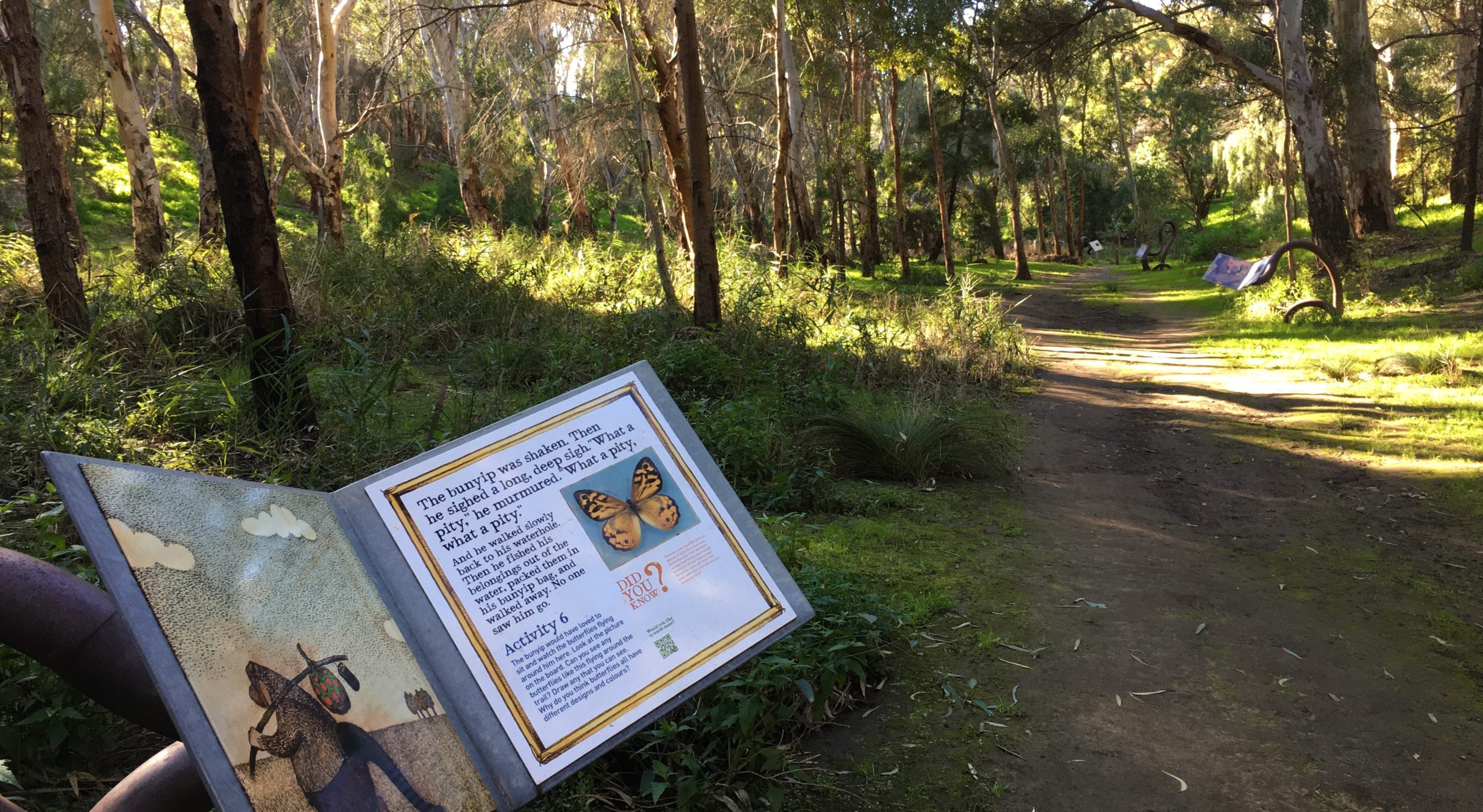Six lesser-known features of the Adelaide Park Lands

Adelaide is blessed with more than 760 hectares of parklands, comprising 29 parks and six city squares in the CBD and North Adelaide.
Major features include Adelaide Oval, Rymill Park Lake, Veale Gardens, Botanic Park and Himeji Japanese Garden. Here, we take a look at six lesser-known attractions and historic remnants.
1. Horse Plain (Lefevre Park [Park 6]/ Nantu Wama)
A vestige from the early days of European settlement, this vast paddock was once populated by sheep, cattle and horses. Up until the 1960s, the sections of the park not being grazed were burnt rather than mown to keep grass growth in check. The City of Adelaide issues Depasturing Licences for up to 20 horses to graze here.
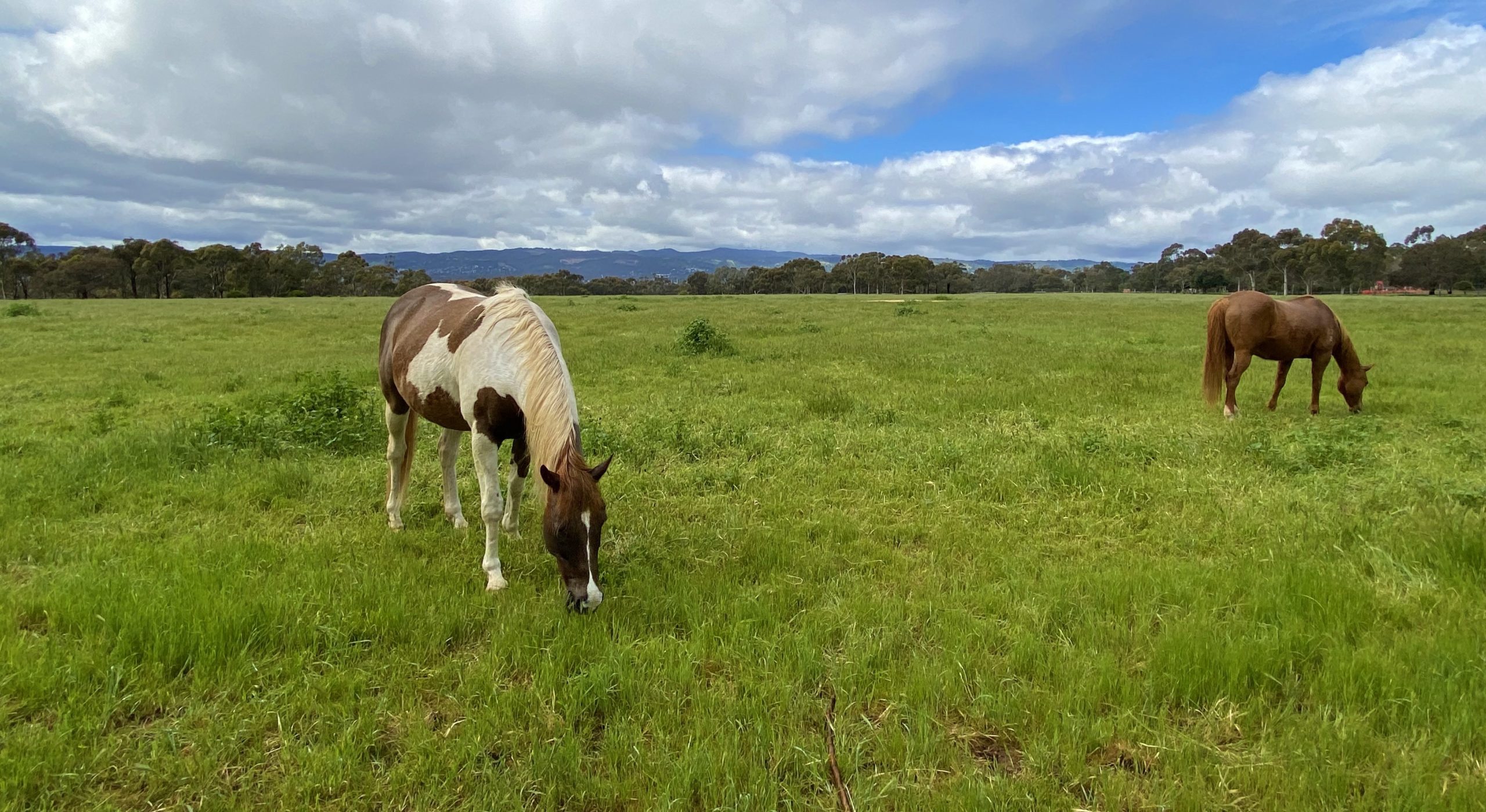
2. Dragon Blood Tree (Victoria Park [Park 16]/Pakapakanthi)
It’s a long way from the Yemeni island of Socotra to Victoria Park, but somehow an endangered dragon blood tree – native to the island – found its way here. The tree’s name comes from its bright red sap. Planted in 1905, it could live for up to 1000 years.
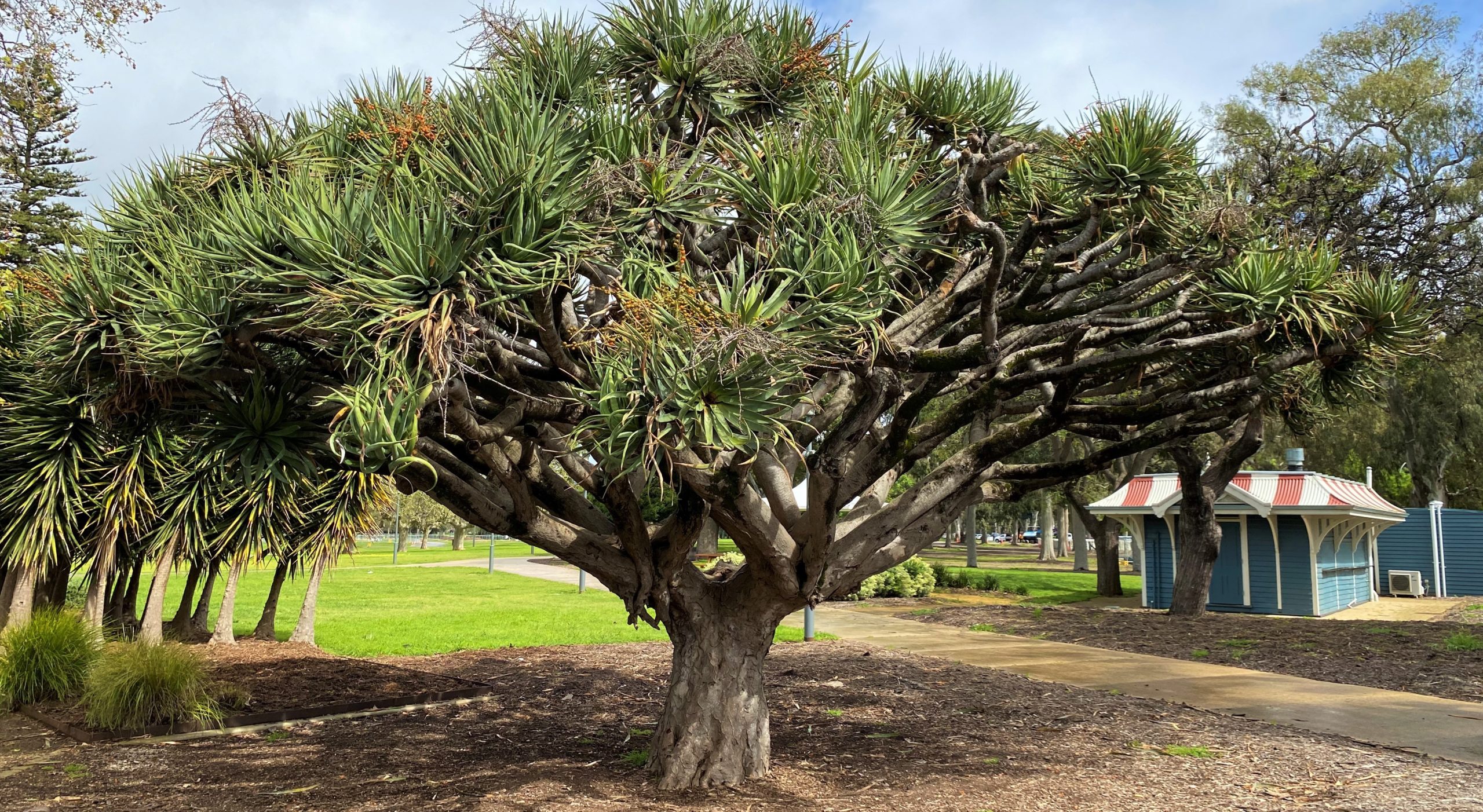
3. Grassland remnant and the chequered copper butterfly (Victoria Park [Park 16]/Pakapakanthi)
Somehow a significant patch of native grassland has remained largely undisturbed in the heart of Victoria Park. Despite all sorts of recreational activities, including horse racing and several F1 Grand Prix and supercar races, this remnant patch of Adelaide plains flora continues to flourish.
Even more surprising is the 2011 rediscovery of a grassland resident, the chequered copper butterfly. In a remarkable symbiotic relationship, black ants carry the butterflies’ newly hatched caterpillars into their nest for protection from predators. Then, like a security team, they herd the caterpillars to and from their favourite food, native sorrel plants. In return, the ants feed on a sweet gel from a gland on the caterpillar’s rear end.
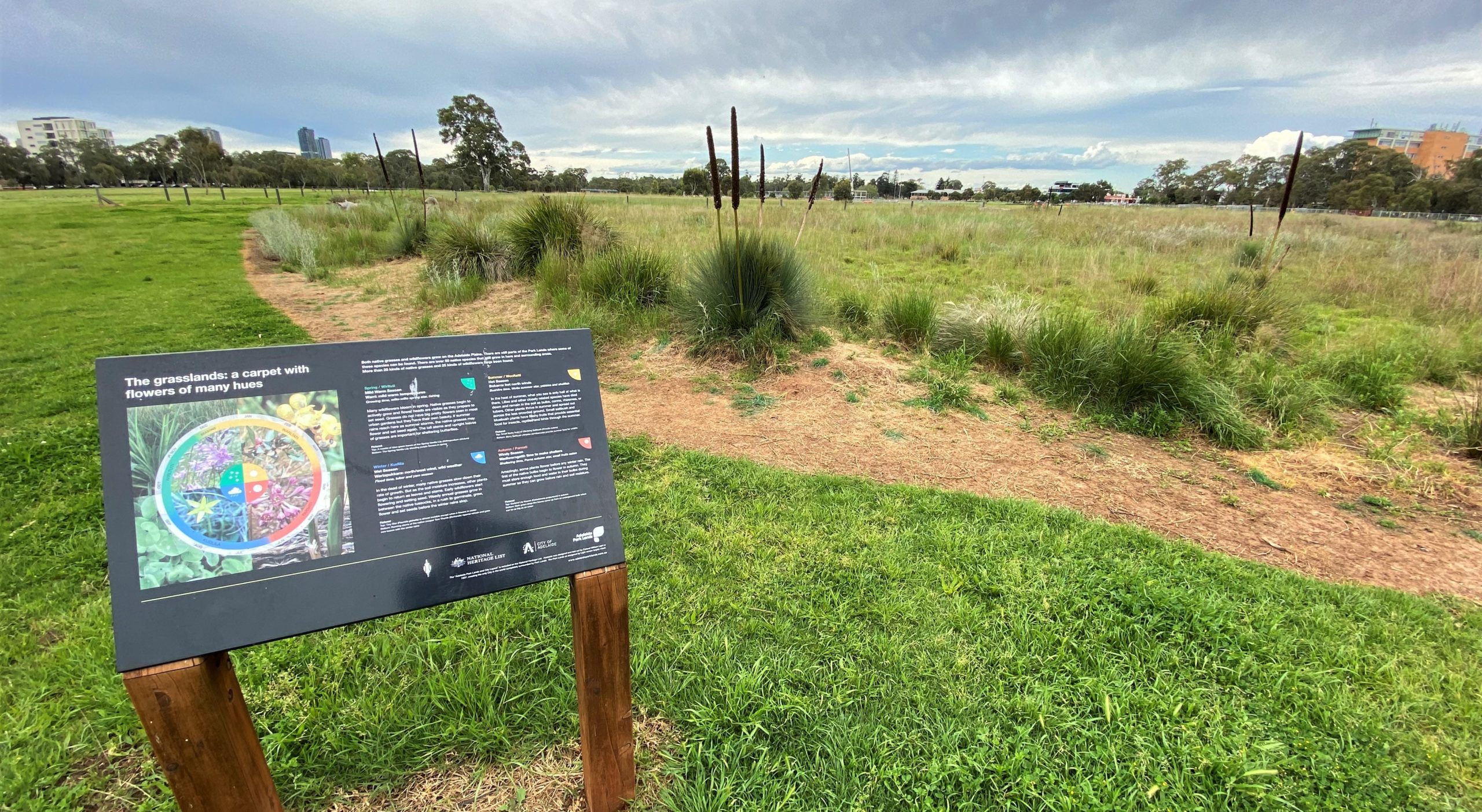
While you’re in this section of Victoria Park, head further south and check out the newly redeveloped wetlands and walking trails, and the mighty river red gums of the urban forest.
4. Glenelg Reservoir (Carriageway Park [Park 17]/Tuthangga)
About 40m north of the Elm Carriageway – featured in the samotor story, Echoes from Adelaide’s past – sits the remains of the Glenelg Reservoir. This large tank was built in 1881 to supply water to The Bay.
The water was pumped here from Thorndon Park Reservoir – now a popular reserve – via the former waterworks depot in Rundle Park/Kadlitpina (Park 13). The old valve house can be seen near the corner of Botanic Road and Dequetteville Terrace.
Supported by 58 iron columns, the Glenelg Reservoir was mostly underground and could hold more water than an Olympic swimming pool.
By the late 1920s, the reservoir/tank was no longer being used, but it wasn’t filled in with dirt until 1982. There’s still a substantial circular mound and an old iron survey benchmark at the site. The original iron fence, constructed to keep out grazing cattle, now forms the northern boundary of the South Terrace Croquet Club.
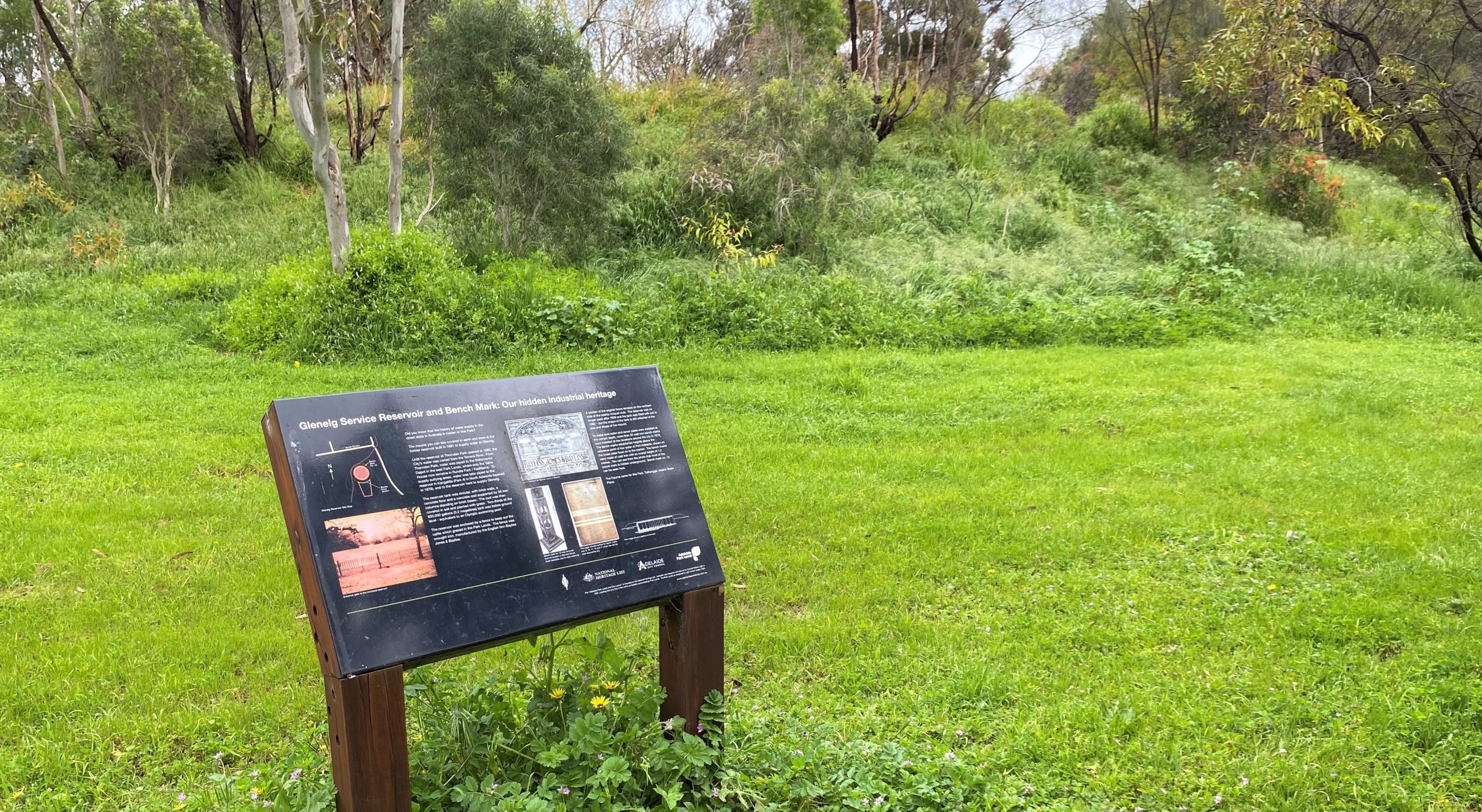
5. Wirrarninthi Environmental Education Trail (G.S. Kingston Park [Park 23]/ Wirrarninthi)
Over the years, this park has seen all sorts of activity, including a period when it was a quarry and rubbish tip. Community groups and schools have since undertaken restoration projects and planted native trees and shrubs. It’s now a mixture of open-lawned areas and woodland, forming a true oasis on the city’s edge.
The 2.1km walking trail starts at Catholic Cemetery Road (part of the Park Lands Trail), just off Sir Donald Bradman Drive. Along the way, there are sculptures depicting fire, wind, water and earth, and others drawing attention to environmental hazards, such as introduced species and litter.
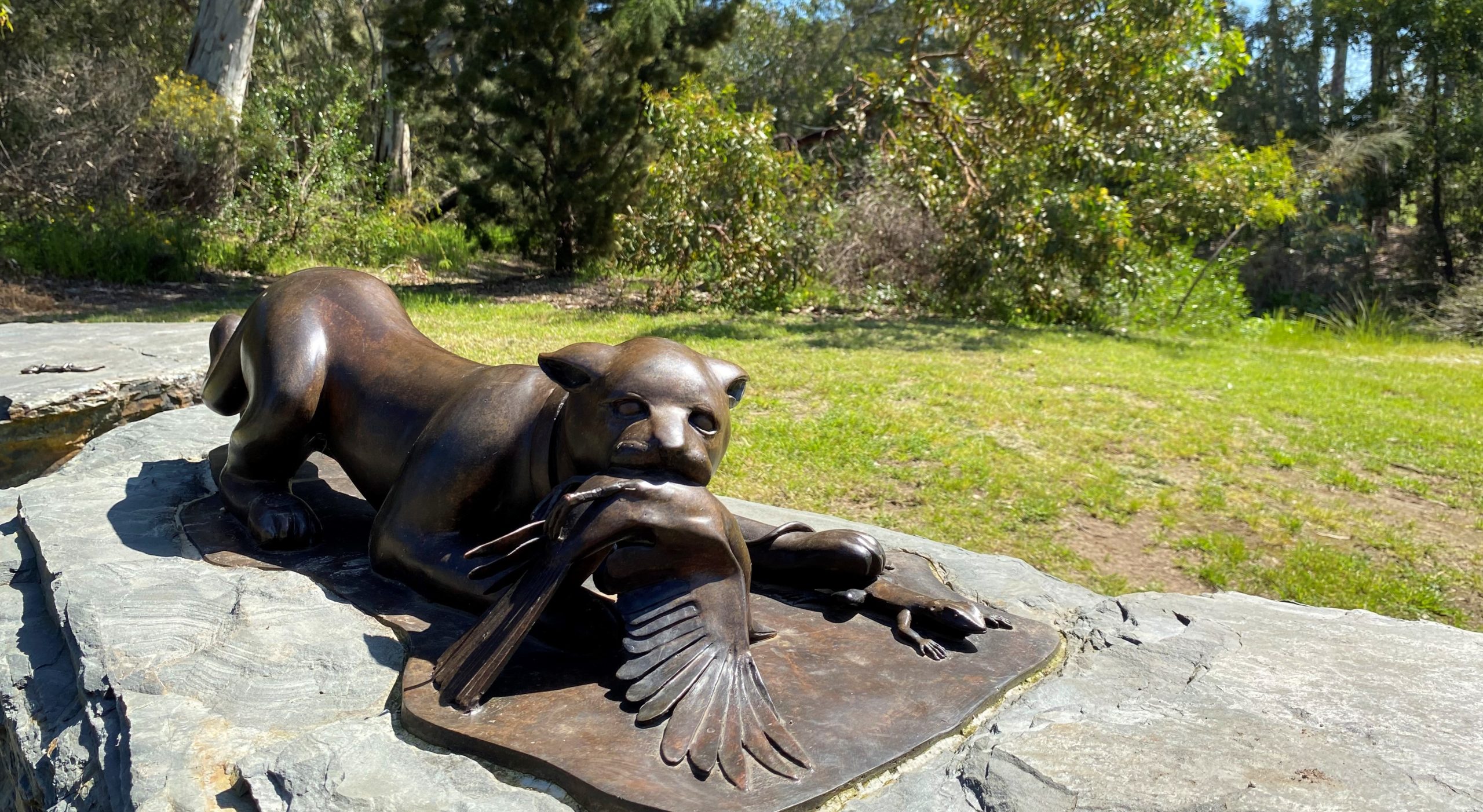
Tucked away among the trees in the eastern section of the trail is a seasonal, wetland-fed lake (main picture).
Limited free parking is available at the Sir Donald Bradman Drive end of Catholic Cemetery Road. For more information and a map, visit the Experience Adelaide website.
6. Bunyip Trail (John E Brown Park [Park 27A], across the River Torrens from Bonython Park/Tulya Wardli)
A little-known attraction in a little-known park, the nine storyboards on The Bunyip Trail tell the tale of the Bunyip of Berkeley’s Creek. Adapted from a book written by Jenny Wagner and illustrated by Ron Brooks, this engaging yarn includes a series of activities for kids and QR codes that link to more of the story.
This is a delightful 520m-return stroll among the eucalypts beside the River Torrens.
